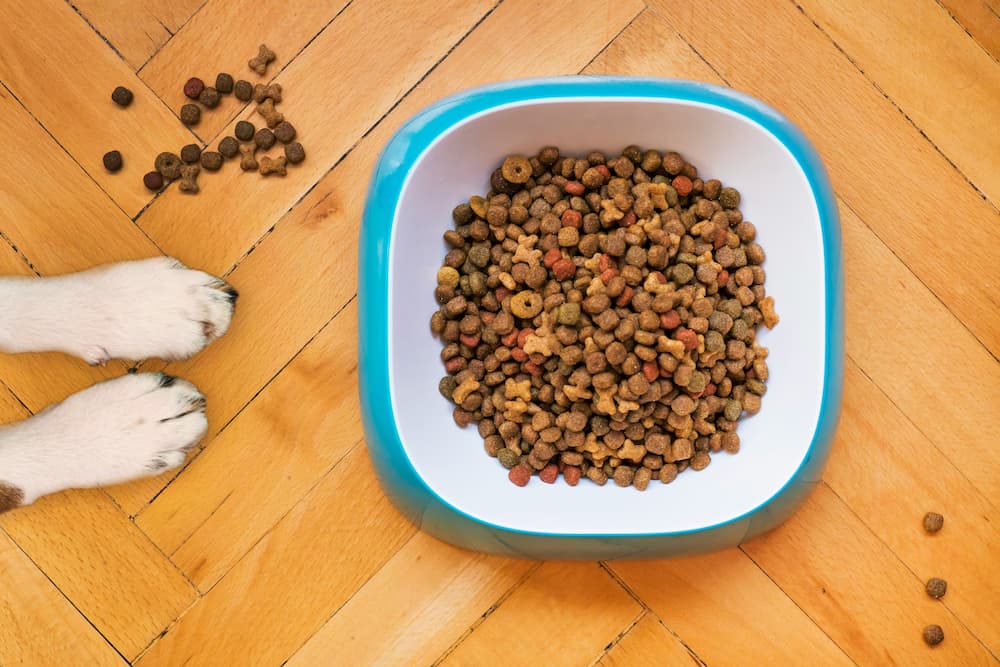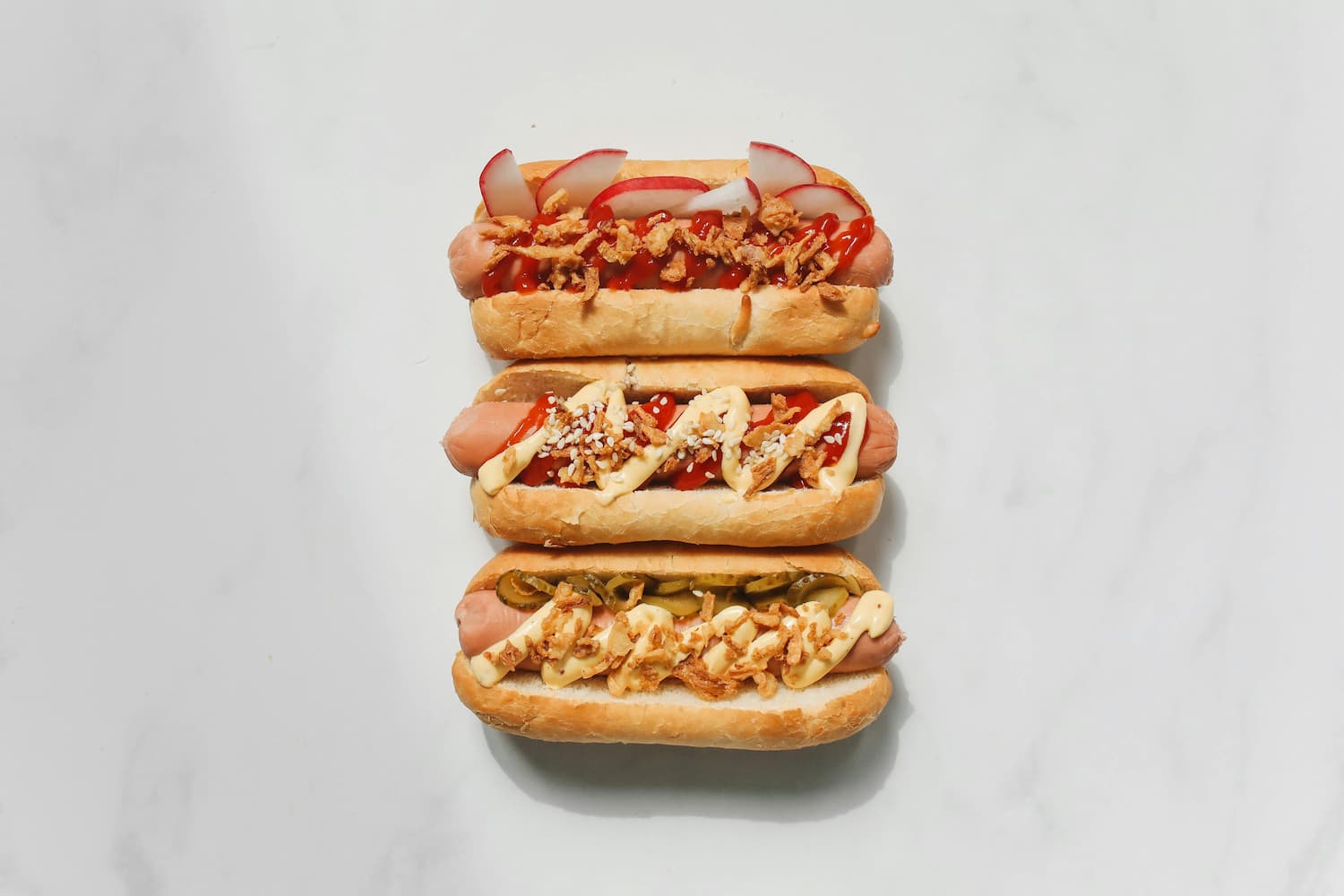As a new dog owner, balancing work, errands, and quality time with your pup can feel overwhelming. Skipping meals or inconsistent feeding schedules aren’t just stressful—they can lead to obesity, digestive issues, or behavioral problems. That’s where an automatic dog feeder steps in. These devices dispense precise portions at scheduled times, even when you’re away, ensuring your dog stays healthy and happy. Whether you’re a busy professional, a frequent traveler, or simply want to establish a routine, this guide will help you choose the best auto dog feeder for your needs.
Benefits of an Automatic Dog Feeder
Automatic feeders offer more than just convenience—they promote your dog’s health and well-being:
Consistent Scheduling: Regular meals prevent overfeeding and obesity, which is crucial for dogs with dietary needs.
Convenience for Owners: Ideal for busy schedules or unexpected delays.
Portion Control: Precision feeding helps manage weight, especially for large dogs requiring specific portions.
Reduced Anxiety: Pets thrive on routine, and automated feeding reduces stress when owners are away.
Freshness Preservation: Many models feature sealed designs and desiccant boxes to keep food fresh.
Best Automatic Dog Feeders
Below are five widely recommended models across price and feature tiers. I picked these based on capacity, portion accuracy, anti-jam design, and strong review signals from testing outlets and manufacturers.
1. PetSafe Healthy Pet Simply Feed (Programmable, 24-cup) — Best overall for reliability
Why pick it: Large hopper (24 cups), accurate portion settings (1/8 to 4 cups), and a pet-proof design make it a dependable choice for many homes. Good for medium-to-large dogs when portioned correctly.
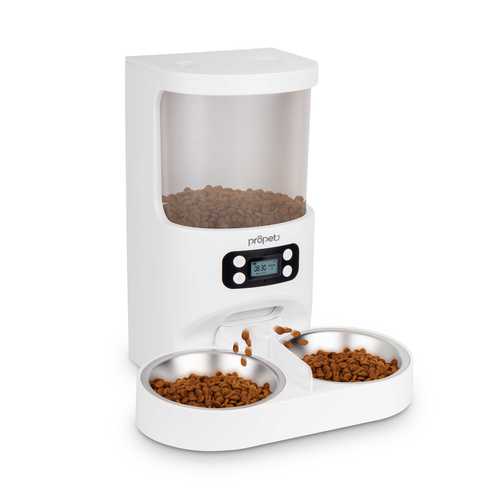
2. PetSafe Smart Feed (Wi-Fi, app control) — Best for remote feeding & slow-feed
Why pick it: Wi-Fi app lets you feed on demand and schedule up to multiple meals; slow-feed setting dispenses portions gradually (useful for fast eaters). Offers voice control and works well for families who want remote reassurance.
3. Petlibro Automatic Dog Feeder (Wi-Fi / Air models) — Best value & modern features
Why pick it: Strong balance of price, battery life, app control, and reliable dispensing. Popular in recent editor and user roundups as a solid mid-range option for consistent feeding.
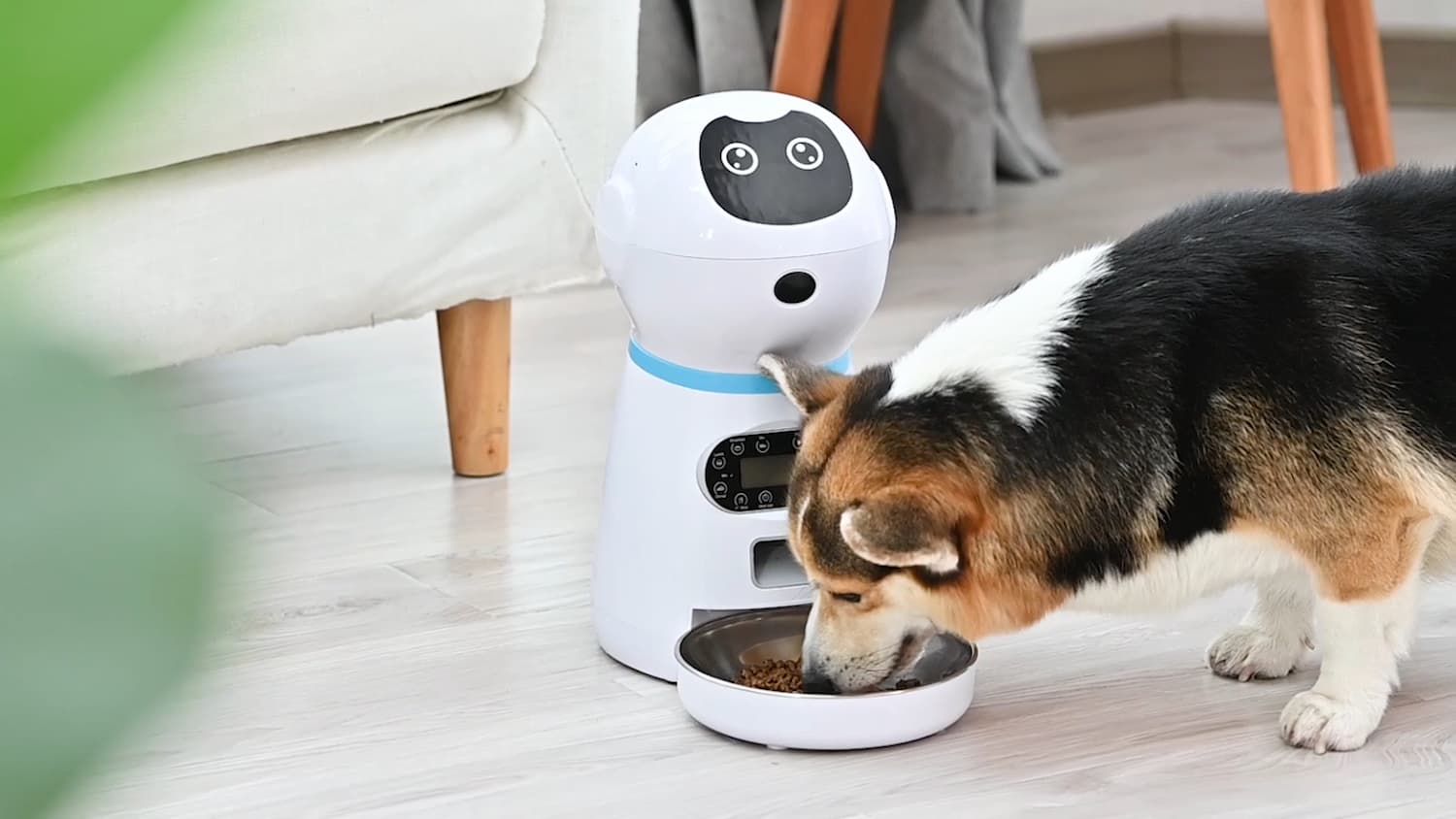
4. Geeni PetConnect Feeder (Smart feeder with camera) — Best for budget smart features
Why pick it: Affordable smart feeder with app scheduling, voice messages, and optional camera on larger-capacity units. Pick this if you want smart features without high price. Named among 2024 “best” picks in mainstream product testing.
5. WOPET Automatic Pet Feeder (Large hopper options) — Best for high-capacity needs
Why pick it: Models come with very large hoppers and straightforward programming; useful for multi-dog homes or owners of large breeds who need more volume between refills. Often recommended when capacity is the priority.
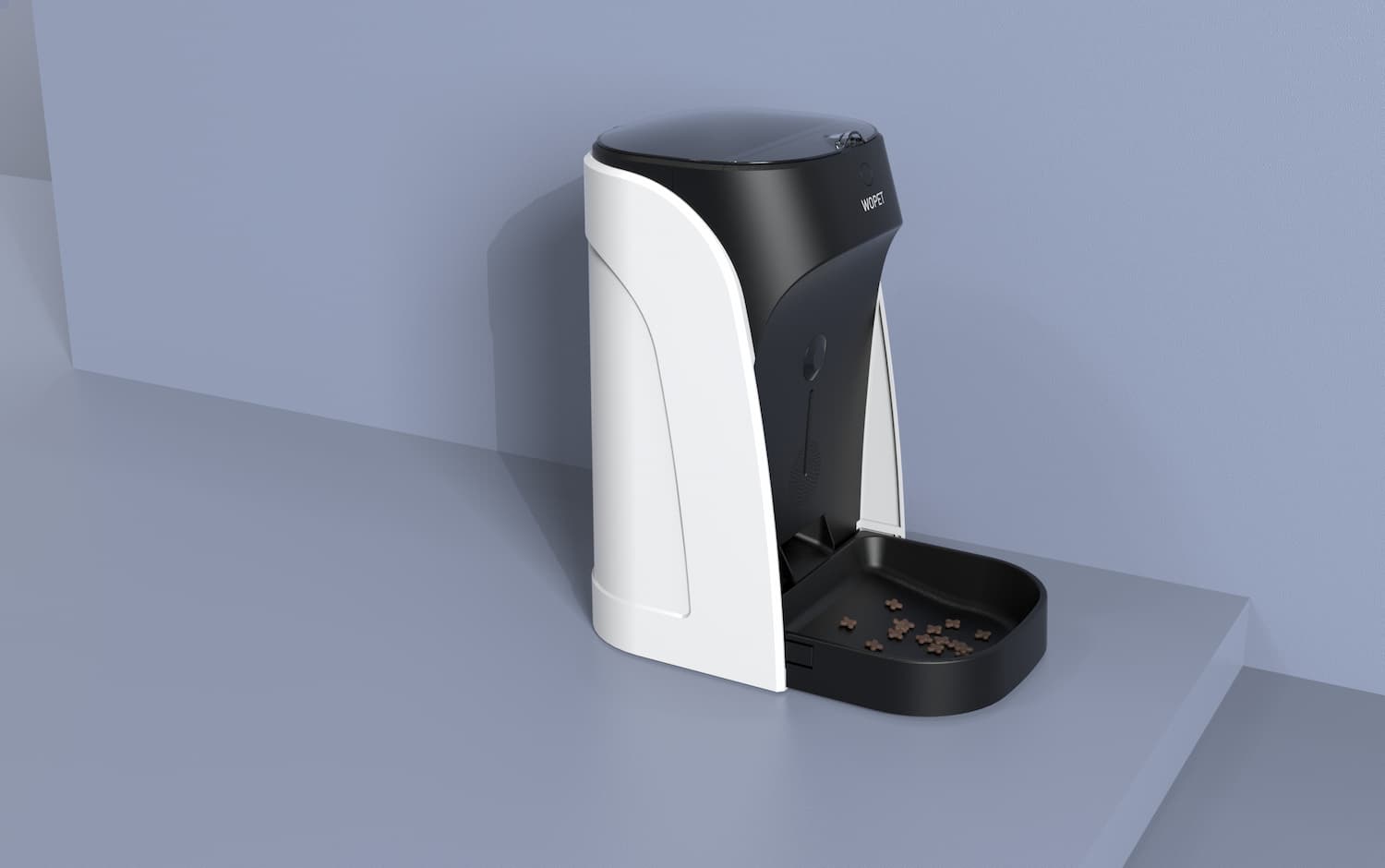
Note: product lines change and multiple SKUs exist — check the manufacturer page for kibble-size compatibility, exact capacities, and latest firmware updates before buying.
What to Look for When Selecting the Best Automatic Dog Feeders?
When shopping for the best automatic dog feeder (or the best auto dog feeder for your household), evaluate these features:
Hopper capacity & bowl size: Large breeds and multiple-dog homes need bigger hoppers so you’re not refilling daily. Some “large” models offer 10–50 cup capacities; confirm measurements in cups or liters.
Portion granularity and accuracy: Look for feeders that let you program small increments (e.g., 1/8 cup) and that test well for repeatable accuracy. If you’re following a veterinary diet, precision matters.
Kibble size compatibility: Not every feeder works with large-diameter kibble. Manufacturers list acceptable pellet diameter — check that against your food.
Power options & fail-safes: Battery backup or dual power (plug + battery) prevents missed meals during outages. Some feeders store settings in memory; others need reprogramming after power loss.
Anti-jam and pet-proofing: If you have clever pets who paw or tip devices, pick a stable, pet-resistant design. Conveyor or screw-based dispensers tend to be more pet-proof than gravity bowls.
Smart features & camera: Wi-Fi/app control, voice messages, and cameras are convenient for remote feeding and monitoring—but weigh privacy, firmware reliability, and subscription requirements. Reviews show many owners value reliable basic scheduling over flashy extras.
Ease of cleaning: Removable, dishwasher-safe bowls and accessible hoppers reduce bacterial buildup and make maintenance simpler.
Warranty & customer support: With moving parts and electronics, good warranty/service reduces long-term hassles.
How to Transition Your Dog to Using an Automatic Feeder Smoothly?
Switching to an auto feeder for dogs should be gradual and positive to avoid stress or food-guarding reactions.
Introduce the feeder as a positive object. Let your dog sniff the feeder while it’s off; reward calm behavior with treats.
Start by hand-feeding near the feeder. Put small portions in the feeder and let your dog eat from it with you nearby; praise and treat.
Use the feeder for one meal a day at first. Replace a single meal with a scheduled dispense while other meals remain normal.
Shorten your involvement slowly. Over several days, move from supervising every dispense to checking intermittently.
Match portion size to previous intake. Use the feeder’s portion settings to replicate the calories your dog previously received; consult your vet if unsure. Veterinary guidance emphasizes predictable feeding and portion control for good long-term health.
If your dog eats too fast, enable slow-dispense or break the meal into multiple small scheduled portions. This reduces gulping and can lower GI upset.
Observe and adjust. Watch your dog for signs of anxiety, guarding, or digestive changes. If problems persist, consult your veterinarian.
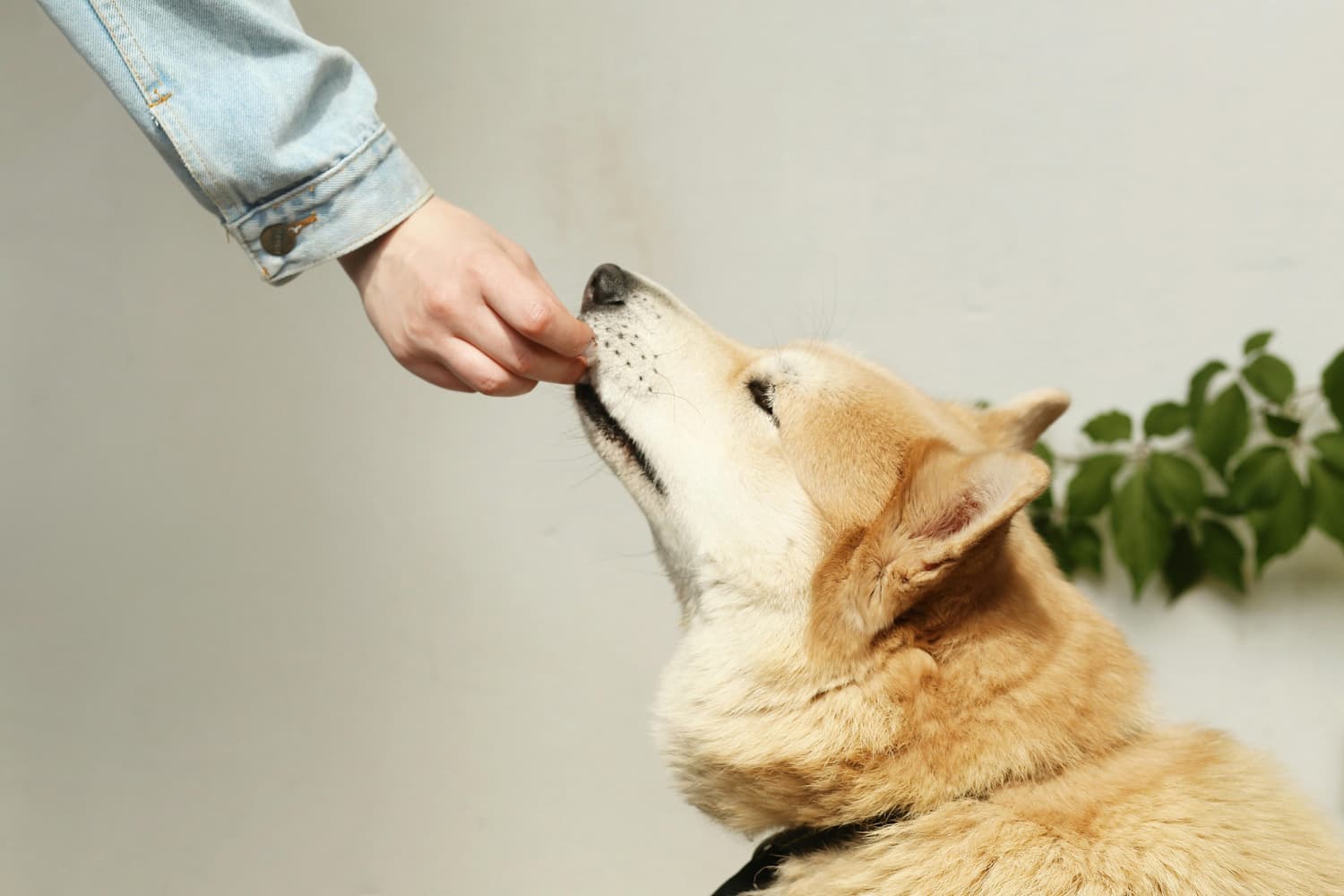
Conclusion
An automatic dog feeder can be a smart investment for busy families, multi-pet homes, or anyone trying to improve portion control and feeding consistency. Choose a model that matches your dog’s size, kibble type, and your preferred control level (basic timer vs. Wi-Fi app and camera). Prioritize portion accuracy and pet-proof design over bells and whistles—veterinary guidance supports scheduled, measured feeding as a foundation of good pet nutrition. If your dog has medical needs, always check with your veterinarian before changing feeding methods.
FAQ
Are automatic dog feeders worth it?
Yes, especially for busy households. They prevent overfeeding, reduce stress, and ensure meals happen on time. Veterinarians recommend them for dogs with medical conditions requiring strict schedules.
How long do automatic feeders last?
Lifespan depends on build quality and usage. Most last 2-5 years.
What are the disadvantages of automatic dog feeders?
Common downsides: mechanical jams, power outages (without battery backup), inaccurate portions on some models, and the initial transition period for pets. Smart (Wi-Fi) features add complexity and possible connectivity issues. Also, auto feeders are typically best for dry kibble—wet food requires specialized refrigerated feeders. Always supervise the early adoption phase to catch behavior or technical issues.
How often should I clean and maintain an automatic feeder?
Clean the bowl and accessible hopper surfaces every 1–3 days for dry food (weekly deep clean recommended), and follow the manufacturer’s cleaning instructions for removable parts. Replace batteries every 6-12 months to avoid failures.
Visited 1 times, 1 visit(s) today





